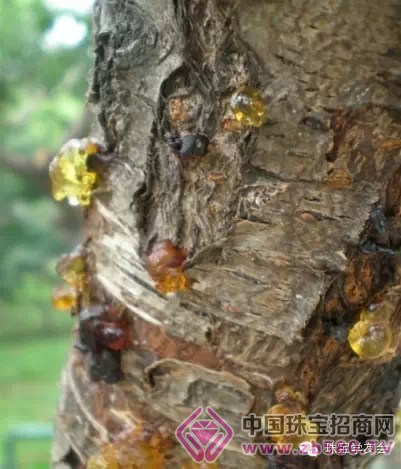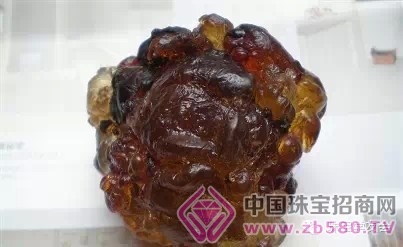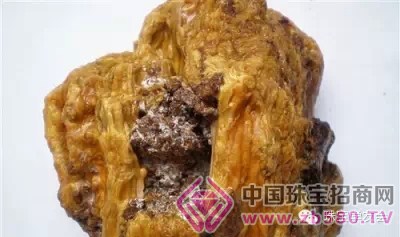Amber is the quaint and solemn beauty of its natural beauty. It is a classical qi in the warmth of the amber, and it has become a treasure of the dignitaries and a sacred object of the Buddha. Its color is subtle, the texture is warm, and it has an incomparable affinity, giving a peaceful and quiet feeling. I don't know if you noticed that many trees have always appeared on their trunks with sparkling gum. After careful observation, it was found that the trunk was out of the gum, mostly because of the high temperature or the bite of the animal, which prompted it to secrete a viscous or gelatinous liquid gum. This is the original shape of the organic gemstone that people love. As the gum continues to increase, it slowly drops to the ground. Because the gum has a scent, it will attract many insects to feed, and some insects will be stuck by the dripping gum. The more the gums drip, the more the insects will be covered, and the insects will form in the future. After the gum fell to the ground, it was buried by the mud, and after tens of millions of years of changes in the ground, it became a resin fossil - amber stone. Amber stone has been mined from the ground. After being cut, carved, polished and polished, it has become a gem of love. This is the whole process of amber formation. The following process is used to restore the formation of amber. Gum flows from the wound in the trunk Two ants stuck in gum If this worm is wrapped, it will be a treasure after hundreds of millions of years. The gum is condensed into large pieces and buried in the ground for tens of millions of years. This is an unpure petrochemical mineral that has been buried underground for millions of years. It is called Coba resin. After tens of millions of years, even hundreds of millions of years of burial, completely petrochemical resin ore is amber Many pine needles and deciduous plants secrete resin, some are instinct, and some are to protect the wound from injury. When the resin flows out, there are various fragrances, and the insect smells. Since the resin is very sticky, it is difficult for the insect to escape once it is stuck. At this point, the resin continues to flow out, wrapping various insects and twigs and leaves that fall on the resin, and is buried like a coffin. In the air, the resin hardens quickly. During the tens of millions of years, the resin continues to deform and harden, and the ingredients inside gradually polymerize, eventually oxidizing and forming amber. The amber petrochemical process takes tens of millions of years, or even hundreds of millions of years. Amber was born between 40 million and 60 million years ago. It belongs to the geology of Eocene. It is a fossil of precious pine resin that undergoes qualitative transformation after high pressure and high heat extrusion through the earth's rock formation. Amber is a non-crystalline organic semi-precious stone, exquisite and light, and the touch is warm and delicate. Most of the amber is transparent, with a wide variety of colors and variations, the most common in yellow, red, green and extremely rare blue. The earliest recorded fossil resin was the Carboniferous, but amber did not appear until the early Cretaceous. The famous amber sedimentary rocks come from the Baltic Sea region and the Dominican Republic. Amber is mainly the resin of ancient gymnosperms, but there are gums produced by flowering plants. Amber in the Baltic Sea sometimes contains insect or plant residues. It is speculated that the amber may have formed in the forest of the original pine species Pinussuccini fera. Polar Fleece Fabric,Plain Polar Fleece Fabric,Solid Polar Fleece Fabric,Bonded Polar Fleece Fabric Shaoxing Cornfield Textile Trading Co,.Ltd , https://www.cornfieldtextile.com





